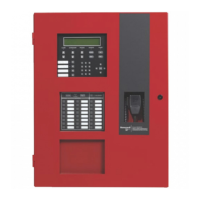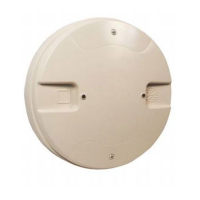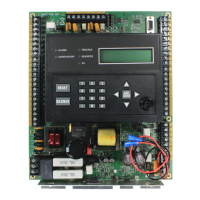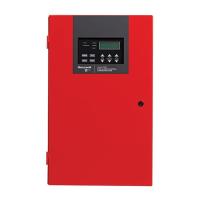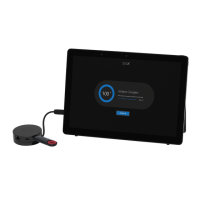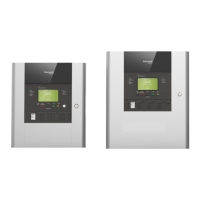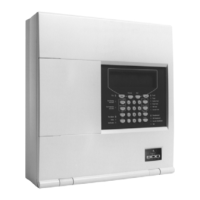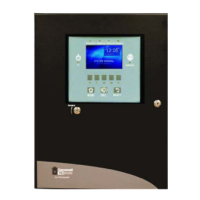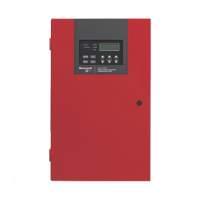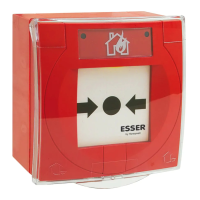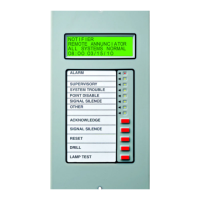What to do if Honeywell Silent Knight 6820EVS Fire Alarms panel indicates a ground fault?
- WWilliam BeckerAug 3, 2025
If your Honeywell Fire Alarm panel displays a “GROUND FAULT” message, it means the panel detects an unexpected current flow from one or more terminals to the earth connection. To fix this, isolate the wiring causing the fault by removing connections one at a time, pausing at least five seconds between each removal, until the fault clears. Note that connecting a computer to the panel via a serial cable can also trigger this message, which can be ignored and will clear upon disconnection.
